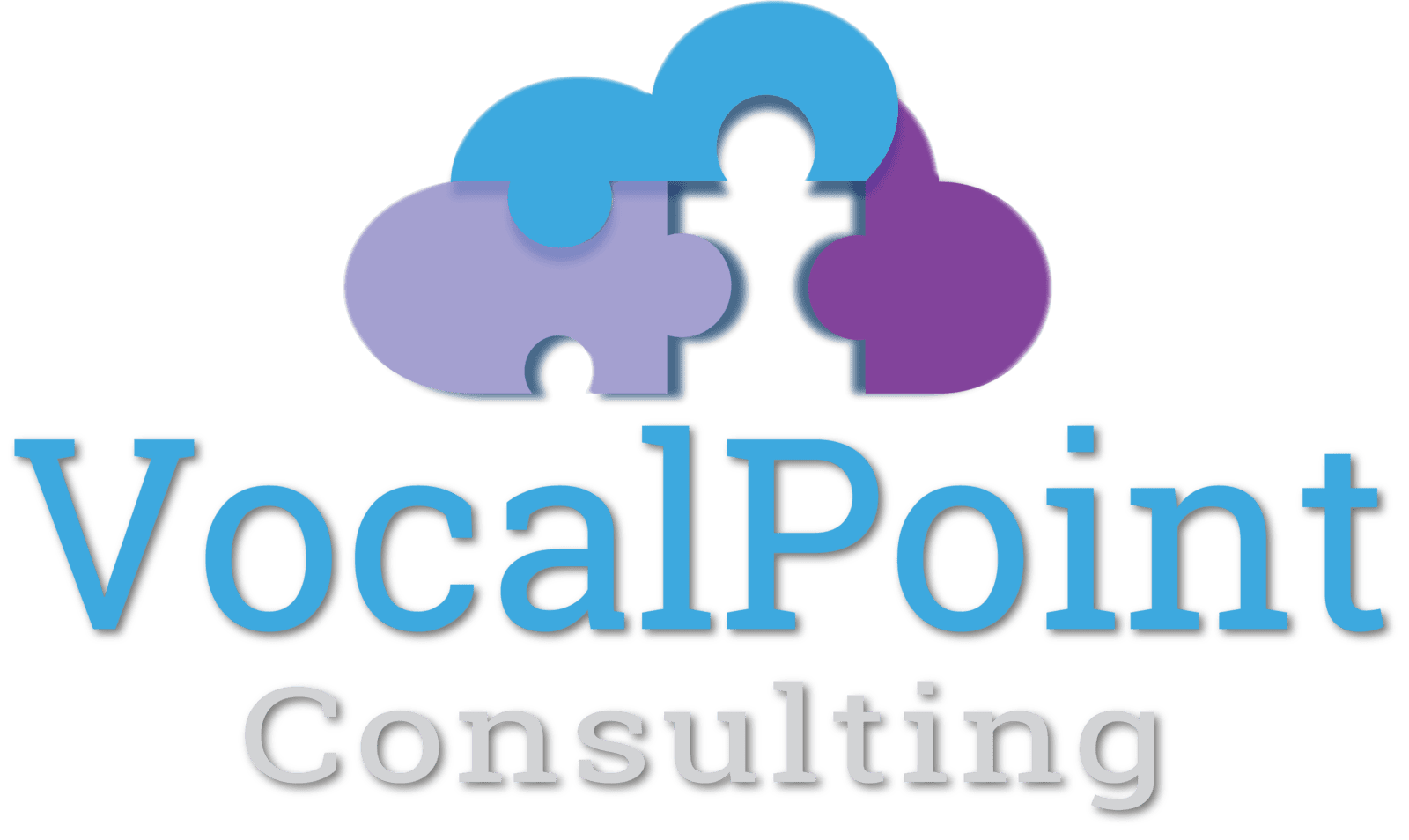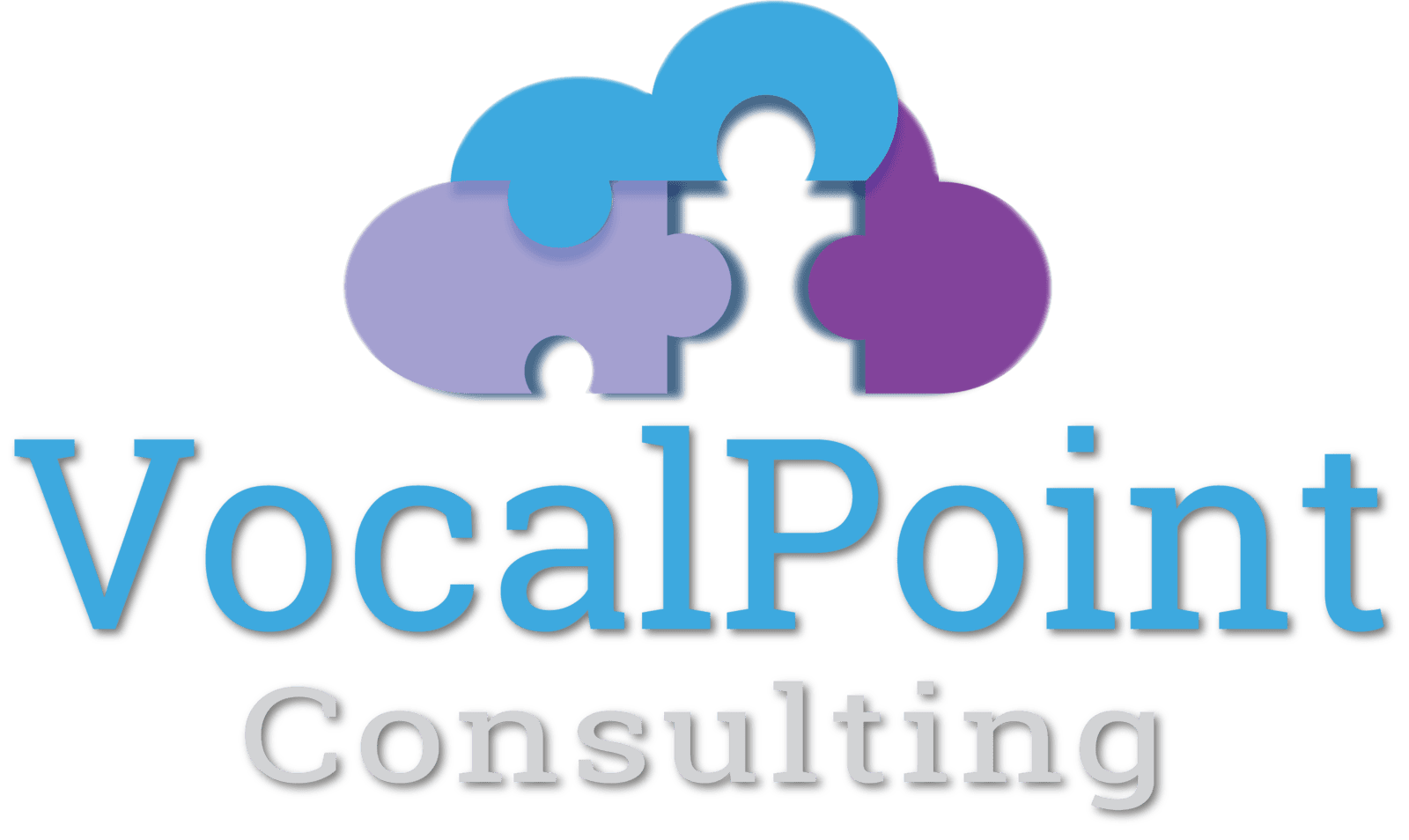After initially transitioning to cloud solutions, organizations often experience a reduction in technology spend. However, as time passes, the use of cloud resources typically spreads and morphs. As a result, it’s easy to end up spending more than initially budgeted, at times without initially realizing that costs are increasing.
When the bills start rolling in, some organizations may worry that any promises of cost savings were inherently false. In reality, that isn’t typically the case. Instead, unplanned change is usually responsible. By finding ways to effectively manage cloud costs long-term is essential, it’s easier to ensure that cloud solutions that are traditionally money-savers don’t derail company budgets.
How to Effectively Manage Cloud Cost Long-Term
Gain Visibility
Often, one of the leading causes of rising cloud costs is sprawl. Once cloud solutions are implemented, service expansion or additional transitions may occur without the appropriate top-level oversight. As more cloud resources are tapped, the cost typically rises with surprising speed.
If you need to manage cloud costs, visibility is essential. By understanding your organization’s cloud usage, it’s easier to identify changes that led to cost increases. Similarly, by maintaining visibility, halting sprawl is simpler, allowing corrective actions to occur quickly.
Approval processes can also assist with visibility. By having specific procedures for requesting additional cloud resources or access, organizational leaders can ensure that changes only occur after an appropriate review, including a cost-impact analysis. That creates opportunities to only approve requests where the benefits outweigh the cost, providing a degree of control.
Build Awareness
The notion that the cloud can result in cost savings is widespread. As a result, everyday users may assume that small expansions in how they utilize cloud resources aren’t particularly impactful. Essentially, many people aren’t fully aware of how seemingly small changes to how cloud solutions are used impact overall technology spend, causing errors in judgment to lead to higher costs.
By building awareness across an entire workforce, it makes every person more contentious. They understand the financial impact that shifts in how the cloud is used may have, making them mindful of the effect of their actions. In turn, the treatment of cloud resources is typically less haphazard, which reduces the challenge associated with managing cloud costs long-term.
Analyze Costs
Taking the time to analyze existing costs doesn’t just show where the money is going; it creates opportunities to identify waste. For example, overprovisioning can lead to unnecessary spending, and that isn’t easy to spot without a more in-depth analysis. Conduct a thorough cost analysis to break down any cloud service-related charges. Get into the nitty-gritty, drilling down as far as possible to look for potential waste. By doing so, it’s easier to make quick changes to avoid rising cloud spend.
Adopt Tools
Monitoring cloud use in real time allows for optimization. For instance, it can empower teams to terminate idle resources, reducing cloud workloads to reduce the overall cost. While many service providers do have some native tools, they aren’t always as capable as some alternatives. As a result, it’s wise to explore tools that can lead to improved resource management, as they often create opportunities to reduce technology spend.

